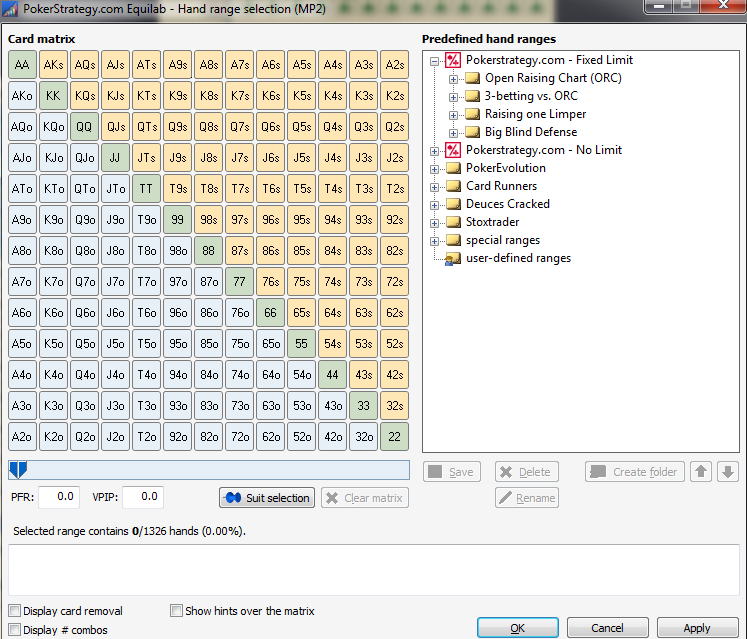


And if you’re certain you’re going to win, you want to maximize your winnings. When you’re worried about losing money, you want to limit the amount you’re risking. This is probably the easiest tell to understand and one that almost every new player is guilty of making at some point. In the interest of maximizing every edge at our disposal, this post takes a look at four “tells” that online players are occasionally guilty of, and discusses how they can be interpreted to our advantage. However, since these signals aren’t visible in online poker, many players completely disregard the concept of monitoring an opponent’s behavior, opting to limit their reads to HUD statistics. From monitoring the way chips are handled to listening for changes in the tone of voice, live poker players are always on the lookout for subtle signs that betray their opponents’ confidence in their cards. In traditional poker, there are dozens of physical signals, referred to as “ tells,” that players can inadvertently reveal to their opponents. Doing this effectively involves combining whatever informational advantages you have at your disposal, interpreting them holistically, and then making a decision. Being a successful player is about building the biggest “edge” possible in any given scenario. However, maximizing your profitability at the tables isn’t just about getting the most out of one particular tactic or mechanism.

Knowing exactly how loose, tight, passive, or aggressive your opponent is can be an enormous benefit for a serious online player.
#Poker aggression poker copilot how to#
The information that a HUD displays for each of the players sitting at the table with you is invaluable when you’re deciding how to approach a particular hand. How To Read Your Opponent in Online Pokerīy now, most online poker players know about the benefits of using a head-up display (HUD) like Poker Copilot to get a read on your opponents.


 0 kommentar(er)
0 kommentar(er)
